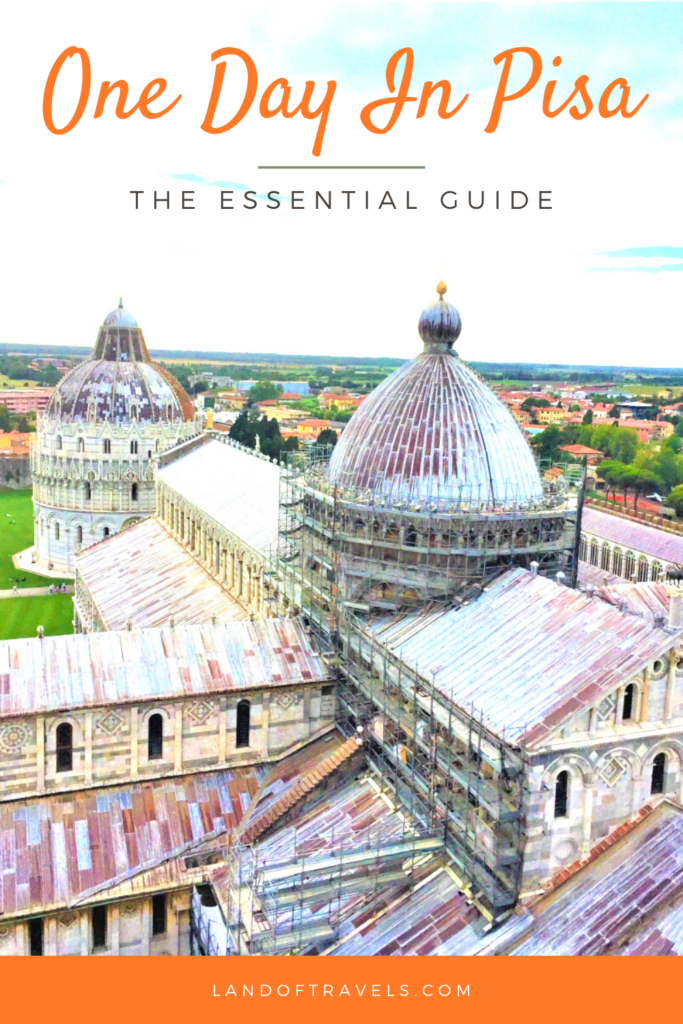 Spending one day in Pisa is on the bucket list of many planning a memorable vacation to Italy. Its iconic Leaning Tower, medieval Piazzas, romantic lungarnos, and delicious Tuscan cuisine draw crowds from all over the world year-round.
Spending one day in Pisa is on the bucket list of many planning a memorable vacation to Italy. Its iconic Leaning Tower, medieval Piazzas, romantic lungarnos, and delicious Tuscan cuisine draw crowds from all over the world year-round.
Pisa is famous for its Leaning Tower in the Piazza dei Miracoli as well for its popular university. While Pisa does feel touristy near its iconic landmarks, it is a joy to head away from this busy part of the town and explore its non-touristy streets, markets, bridges, and museums.
From visiting the UNESCO world heritage site of Piazza dei Miracoli, climbing the Leaning Tower, to wandering around town and discovering its characteristic piazzas, – visiting Pisa turned out to be a delightful experience for us.
Whether you plan on staying overnight in Pisa during your trip or visit it on a day trip from nearby Italian cities, this travel guide can help you discover some of the best things to do in one day in Pisa.
How to reach Pisa and get to Piazza dei Miracoli
The historic Renaissance city of Pisa is located 20 minutes away from the Ligurian Sea in the western Tuscany region of Italy.
 It is well connected to the major Italian cities by frequent train connections which makes it an easy destination to visit on a day trip. For example, trains from Florence take 45mins-1h30min to arrive in Pisa and trains from Cinque Terre (Monterosso) or La Spezia take between 1 hour 20 minutes and 1 hour 56 minutes to arrive in Pisa (times vary depending on the train connections are chosen).
It is well connected to the major Italian cities by frequent train connections which makes it an easy destination to visit on a day trip. For example, trains from Florence take 45mins-1h30min to arrive in Pisa and trains from Cinque Terre (Monterosso) or La Spezia take between 1 hour 20 minutes and 1 hour 56 minutes to arrive in Pisa (times vary depending on the train connections are chosen).
Most of the trains arrive at its main station – Pisa Centrale, which is located about a mile south from the Field of Miracles. Some of the regional trains, also arrive at the second train station – Pisa San Rossore station which is located just a short walk away from the Leaning Tower.
The LAM Rossa bus (Direction: Stazione 4) transports passengers conveniently from Pisa Centrale to the bus stop named Torre located close to Piazza dei Miracoli. The bus tickets can easily be purchased from the kiosks and tobacco shops near Centrale station or as you board the bus.
It is certainly possible to walk to the Field of Miracles from Pisa Centrale in about 30mins via Corso Italia and Via Santa Maria. This walking route gives visitors the opportunity to explore the non-touristy streets of Pisa on the way to the more touristy center near its famous Leaning Tower.
The best things to do in one day in Pisa :
The stunning architecture of Pisa and its famous University beckon tourists and students to this historic city. While the Field of Miracles with its iconic Leaning Tower, Baptistery and Cathedral are a must-see, it’s definitely worthwhile to explore its streets and bridges to discover its hidden gems during the day.
We wanted to spend one day in Pisa during our trip to Italy over late summer. Arriving in the afternoon in Pisa from Florence gave us the perfect opportunity to avoid the crowds in the peak tourist season and explore the town leisurely in the early evening. We stayed overnight in this famous Tuscan town before heading further to Cinque Terre.
Here are some of the best things to do when spending one day in Pisa to make the most of your time and budget.
1. Explore Piazza dei Miracoli (Field of Miracles) in the late afternoon
If you are visiting Pisa, then heading to the white marble architectural complex of Piazza dei Miracoli (Field of Miracles) is probably on the top of your bucket list.
This cathedral square is a lush green, walled expanse in which some of the most famous religious Tuscan monuments are located. The monuments located in this square include the Leaning Tower of Pisa (Torre di Pisa), the Cathedral (Duomo di Pisa), the Baptistery of St. John and the Cemetery (Campo Santo).

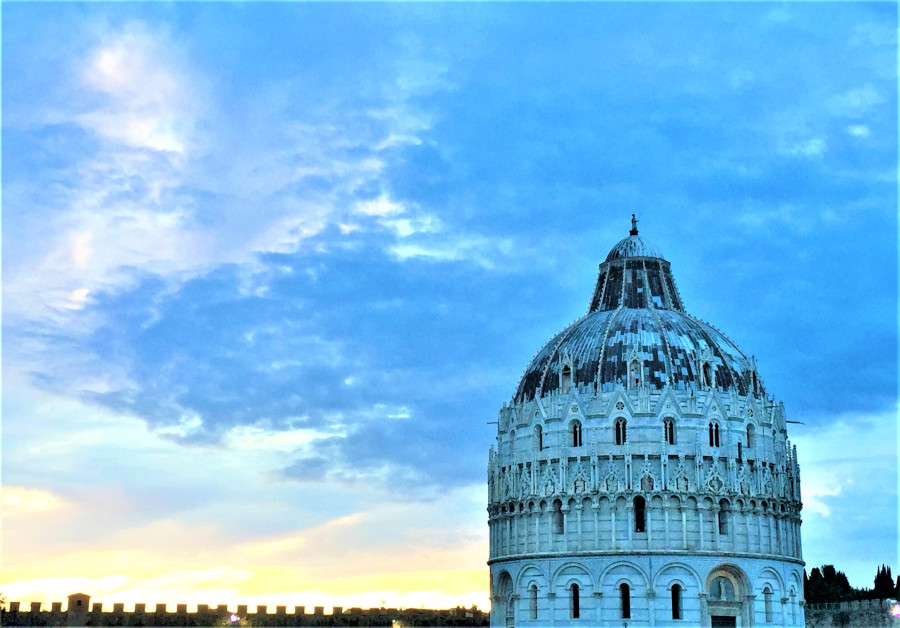
Indeed, this historical UNESCO world heritage site is an architectural and artistic delight with a harmonious blend of Gothic and Romanesque architecture. This square is also referred to as Piazza del Duomo or Campo dei Miracoli.
It does get very busy during the day time, particular between 11 am-3 pm so if you consider visiting it at an earlier or later time than that, you might end up having a more relaxed experience.
The complex itself was built over a period starting in the 11th century and completed in the 14th century. By the 11th century, the prosperity of Pisa reached its pinnacle with its dominance over the Western Mediterranean Sea. The construction of the magnificent cathedral, the first monument to be constructed in this piazza, was started at that time to reflect Pisa’s status and power as a maritime republic of Italy.
This ensemble of monumental masterpieces reflect the unique Pisan Romanesque architectural style which influenced the architectural styles all over Italy. Additionally, its artistic highlights were a source of inspiration for renowned Renaissance artists such as Michelangelo.
Entry into the square itself is free but it does cost a fee to enter the Baptistery, climb to the top of the Leaning Tower and visit the Cemetery. Entry to its cathedral is free when you have a free pass that comes with the purchase of any other tickets for monuments in the square.
2. Visit the iconic Leaning Tower of Pisa
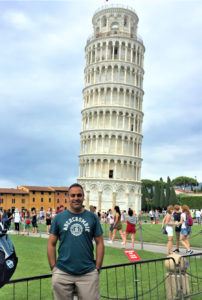 The Leaning Tower of Pisa (Torre di Pisa) is the campanile (bell tower) of the Cathedral of Pisa. The tower is just about as tall as the Baptistery and its lean and elegant architecture truly left us in awe.
The Leaning Tower of Pisa (Torre di Pisa) is the campanile (bell tower) of the Cathedral of Pisa. The tower is just about as tall as the Baptistery and its lean and elegant architecture truly left us in awe.
Construction of the tower started in 1173 AD and was completed by the 14th century. The tower started to lean soon after the first arcade was completed in the 12th century when it started to sink into the marshy soil on its south side. The lean kept progressing further despite the efforts of the architects to correct it over the next couple of centuries.
This remarkable 58m tall cylindrical bell tower consisting of 8 stories and 207 columns is famous for its unintended 5.5 degrees lean. After several years of corrective efforts, the lean of this tower has been reduced to 3.99 degrees.
Climb to the top of the Leaning Tower of Pisa
As you explore the Field of Miracles, you will find several visitors posing against the tower of Pisa in the backdrop. The tower, after all, is a highlight of the square! However, for a unique perspective of Pisa and the Piazza dei Miracoli, consider climbing to the top of this bell tower.
Climbing the spiral staircase consisting of 297 steps to the top of the Tower of Pisa in a fun experience in itself. The ticket costs 18€ and can be purchased online or at the ticket office on-site for specific time slots.
It is best to purchase the tickets in advance online, especially in the peak season, since the entry to the tower is limited to about 45 people for each 15 minutes time slot. If available, tickets for the tower can be purchased online from up to 20 days to 1 day before the date of the visit.
Be sure to arrive at the entrance to the tower at least 15 mins prior to the entry time slot. After an initial security check, the climb to the top takes about half an hour over the somewhat slippery and irregular spiral marble steps.
We decided to climb the tower in the evening when the crowds had dissipated and it wasn’t that hot either. It was well worth the effort! We enjoyed walking around the top level of the Leaning Tower, taking in the views of the Field of Miracles, the city, and getting the chance to see the famous bell of this bell tower

For safety reasons, the entry to the Leaning Tower of Pisa is age-restricted. It is not allowed for children younger than 8 years to enter the tower and 8-18-year-old children have to be accompanied by an adult. It is also not recommended for people with cardiovascular or muscular conditions to climb the steps of this tower. Climbing the spiral staircase can also make some people feel dizzy, so those with vertigo should decide accordingly.

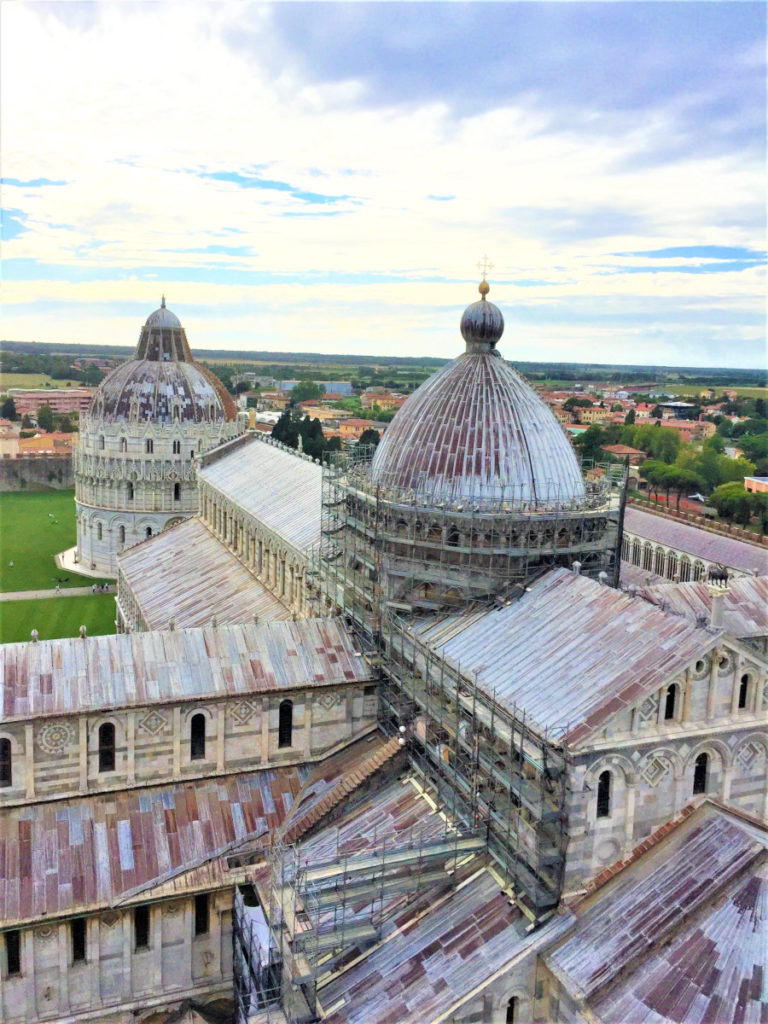
3. Marvel at the architecture and acoustics of the Pisa Baptistery
The round-shaped Pisa Baptistery of St. John is the largest baptistery in Italy. The Pisa Baptistery was the second monument to be built in the Piazza dei Miracoli. It is the first monument that visitors come across in the Field of Miracles when entering the square through Porta Nuova (Piazza Manin).
We were amazed by the sheer size and acoustics of this baptistery. It was interesting to learn that the baptistery itself has a slight lean of 0.6 degrees since it is built on the same marshy soil as the Tower of Pisa.
The beautiful marble façade of the baptistery is composed of two distinct architectural styles that seem to blend harmoniously. The Romanesque architectural style is reflected in the arches and columns of its lower level. The Gothic style, on the other hand, is evident in its pointed arches located on its upper level around its distinctive dome. A statue of St. John the Baptist can be seen on the top of the dome and the main door of the baptistery faces the cathedral.
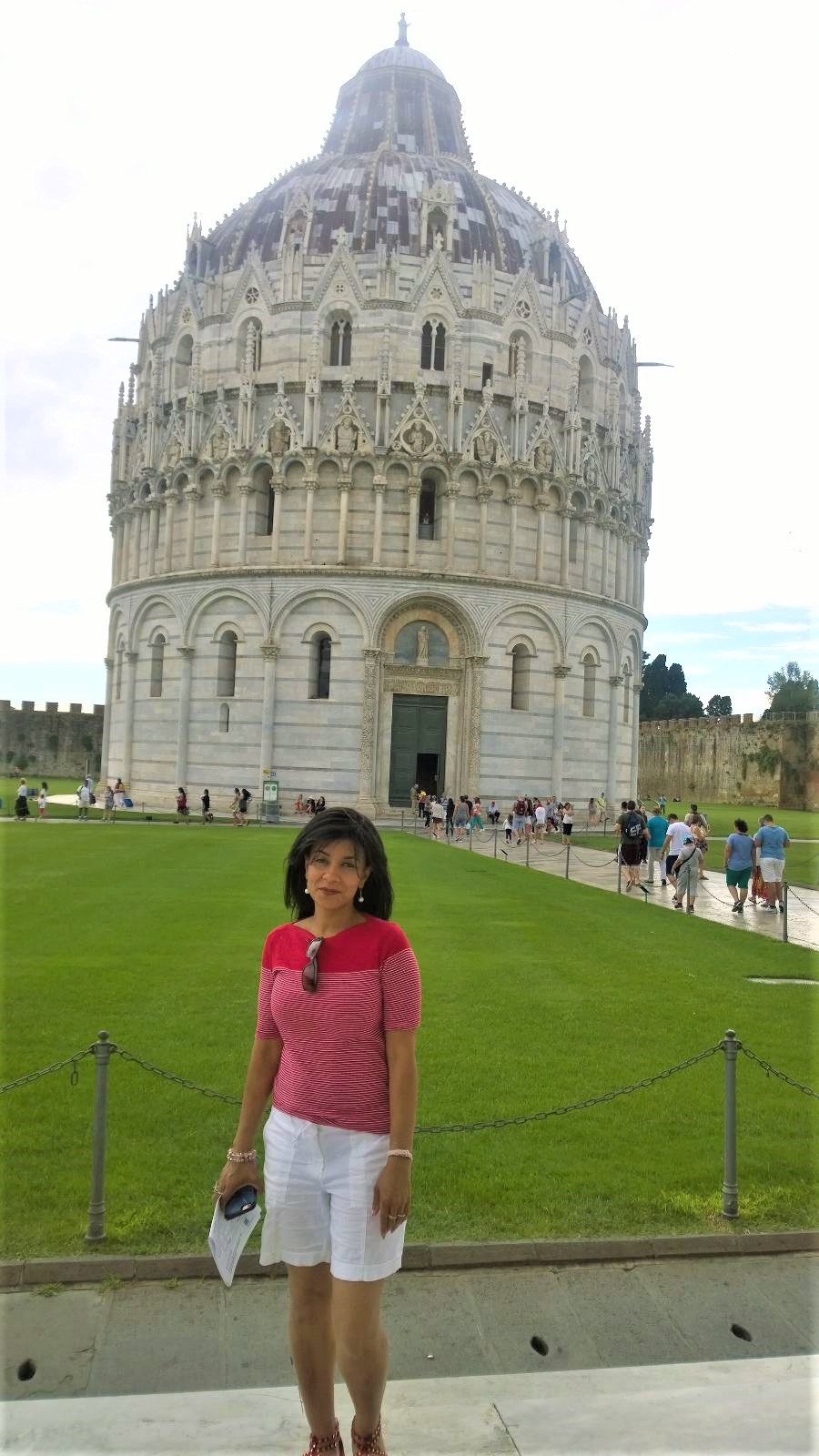
The artistic highlights of the Baptistery include the octagonal font and the marble pulpit by Nicola Pisano depicting the scenes of the nativity and Christ’s life. The ticket to enter the Baptistery costs 5€ and it is definitely worth a visit for its artistic highlights and its famous acoustics.
4. Witness the architectural and artistic magnificence of Pisa Cathedral
The Duomo – the cathedral of Pisa – is the magnificent white marble centerpiece of the Field of Miracles. This Roman Catholic cathedral is the artistic highlight of this famous piazza. One day in Pisa gives visitors ample amount of time to explore the monuments of the Field of Miracles but if you are short on time, then visiting the Cathedral is an absolute must. Flanked by the Baptistery on one side and the Tower of Pisa on the other, it was the largest cathedral in Europe at the time it was built.
The entrance of the cathedral is comprised of four levels of intricate columns and three portals with bronze doors. The columns, the grey and white marble exterior along with its intricate inlay are incredibly impressive.
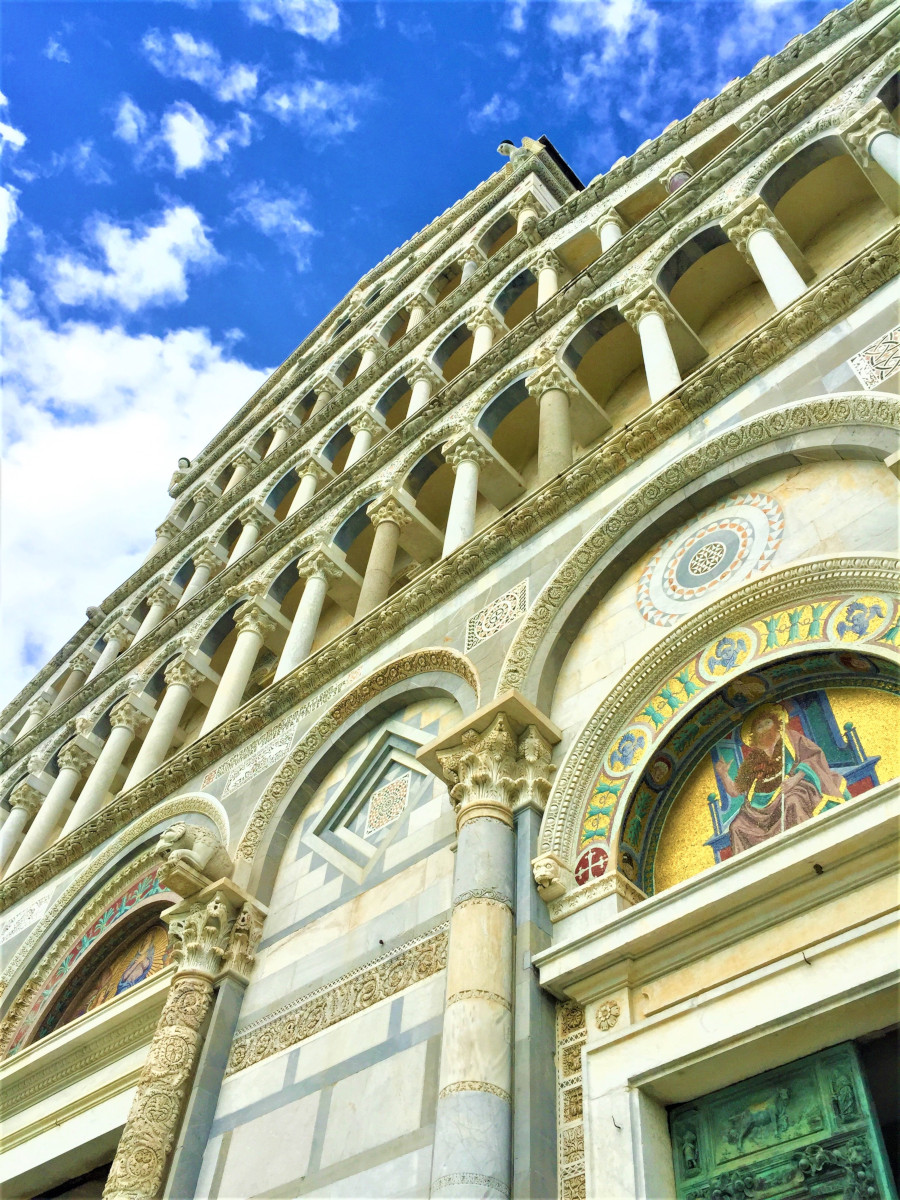
The cathedral’s layout is in the shape of a Latin cross with a total of three naves, an apse, a transept, and a dome.
Stepping into the cathedral leaves visitors in awe due to its artistic splendor and its spacious nave that is separated from two aisles on each side by large granite Corinthian columns. It has a stunning wooden coffered ceiling that is painted with striking gold leaf.
One of the masterpieces located inside the cathedral is the pulpit sculpted by Giovanni Pisano. The polygonal pulpit has panels that are slightly curved and it is adorned by 400 intricately carved sculptures. Such is the grandeur of this pulpit that it is said that even Michaelangelo was influenced and inspired by its intricate details.
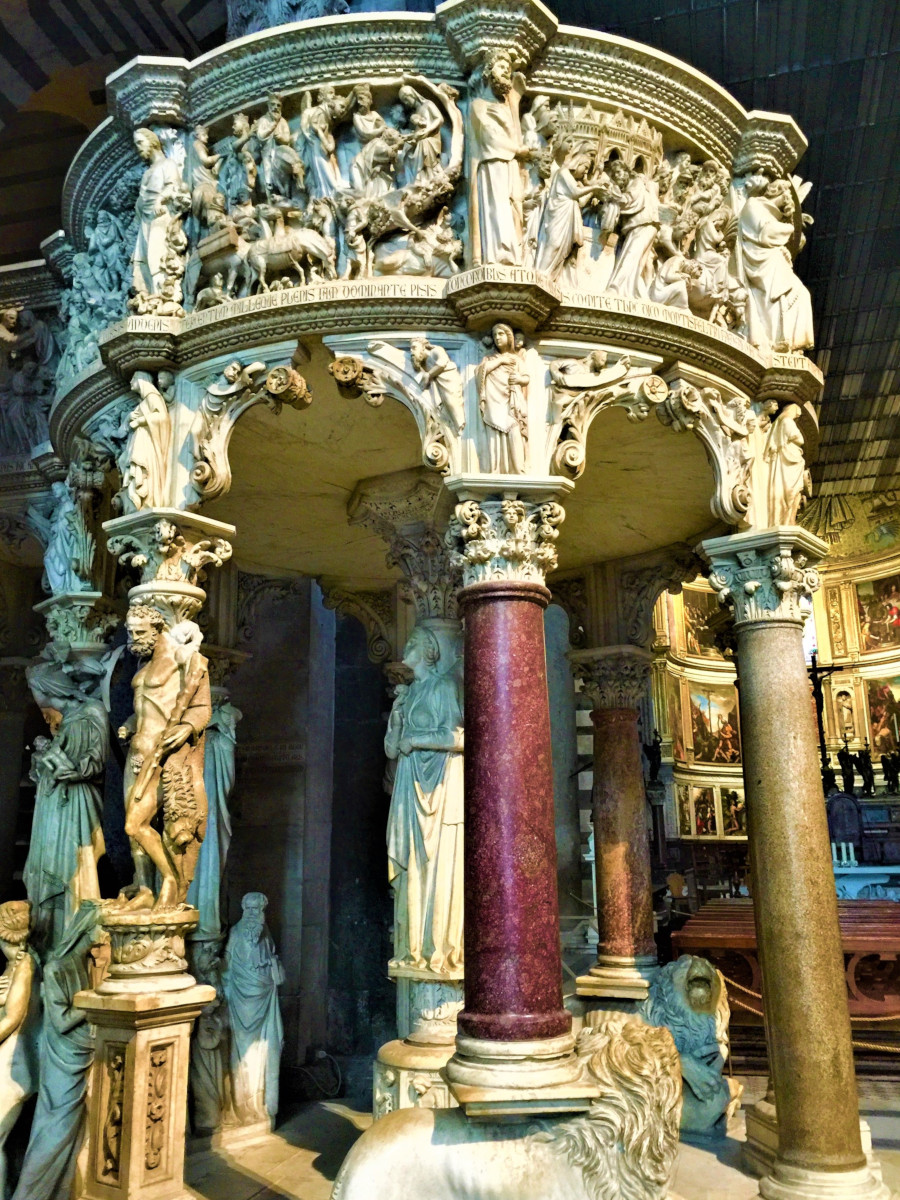
The tomb of St. Ranieri, the patron saint of Pisa, is located inside the Cathedral of Pisa. The holy relics of St. Ranieri are placed inside a transparent coffin that can be seen in the cathedral. During Luminara in June, there are annual candle illuminations along the Arno River in Pisa to honor their patron saint.
Yet another masterpiece inside the cathedral is the apse mosaic depicting Christ enthroned, flanked by Virgin Mary and St John the Evangelist. A prominent bronze crucifix is located in the main altar of the apse. Besides the apse mosaic, there are numerous paintings and sculptures adorning the galleries of the cathedral that make this cathedral a treasure trove of art.
5. Sample Cecina in Pisa – a favorite snack in Tuscany
When in Pisa, tasting the Tuscan snack cecina is a must! Cecina is made from simple ingredients that include chickpea flour, extra virgin olive oil, salt, and water. For some of the best cecina and focaccia in town, stop by Pizzeria Il Montino located near the Knight’s Square.
6. Stroll along the romantic lungarnos of Pisa
A stroll along the Arno River while exploring the quieter side of Pisa makes for a perfect evening. Lungarnos are the streets along the banks of the Arno River that runs through the heart of Pisa.
These romantic lungarnos are lined with historic buildings, palaces, and bridges. They make for some of the most picturesque sites in Pisa. Some of the most famous lungarnos of Pisa include Lungarno Pacinotti (Royal Lungarno), Lungarno Mediceo, Lungarno Simonelli and even one named after the famous scientist, Galileo – Lungarno Galilei.
One of the most important traditional festivals of Pisa is La Luminara that honors the patron saint of Pisa – San Ranieri. Each year on the eve of June 16th, the lungarnos of Pisa are illuminated with nearly 70,000 candles known lampanini. It is truly a sight to behold and a must-see spectacle if visiting Pisa mid-June!

7. Indulge in the delicious Tuscan cuisine of Pisa
During our one day in Pisa, we stayed in Hotel Pisa Tower which was conveniently located near the Field of Miracles. Our hotel staff recommended that we try the delicious Tuscan cuisine served at Osteria La Toscana.
We decided to stop by this restaurant for dinner after our self-guided walking tour of Pisa. Dinner at this cozy restaurant serving traditional Tuscan and Pisan dishes near Piazza dei Miracoli turned out to be a memorable dining experience.
The freshly made, flavorful multi-course meal served at this authentic trattoria turned out to be quite budget-friendly comparatively, given the quantity and quality of the food served. We were pleasantly surprised to find that they even had a vegetarian multi-course meal which was absolutely delicious.
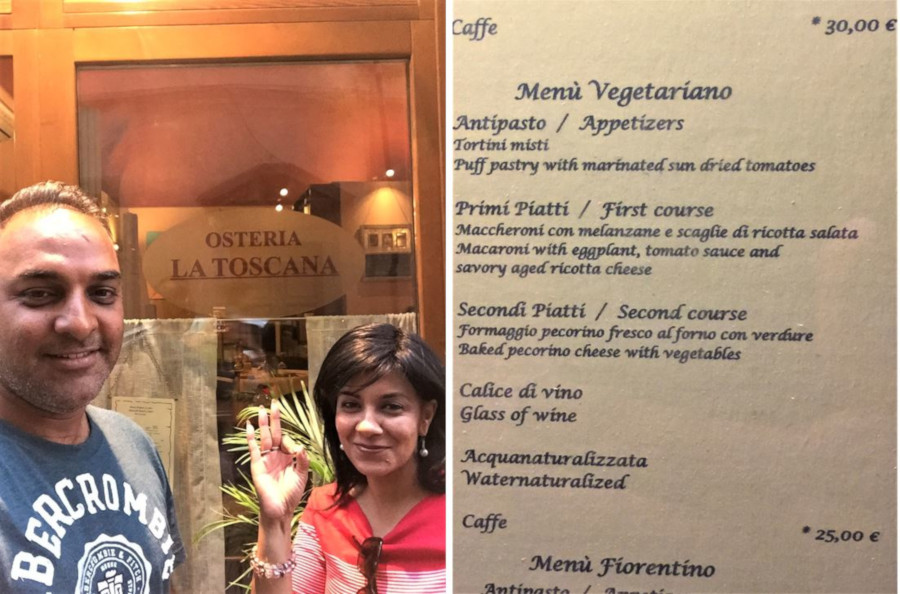
8. Discover the churches of Pisa
Strolling along the streets and piazzas of Pisa, it is easy to discover that there are many churches from the Romanesque era in Pisa. The sheer number of churches that can be found in Pisa is a testimony to the prosperity of this once maritime powerhouse of Tuscany in the Romanesque period.
One of the most notable churches of Pisa includes Santa Maria della Spina. This little church is famous for its stunning Gothic architecture. It is located along lungarno Gambacorti and is adorned with the works of local artists. The church derived its name from the relic of the thorn of Christ’s crown that it had received. The relic though is now housed in Chiesa di Santa Chiara.
Another notable church in Pisa is Santo Stefano dei Cavalieri located in the Knight’s square. The church and its bell tower have an impressive Carrara marble façade. This church dedicated to Saint Stefan’s Knights displays several trophy banners, paintings, and an exquisite ceiling that features paintings depicting historic military events.
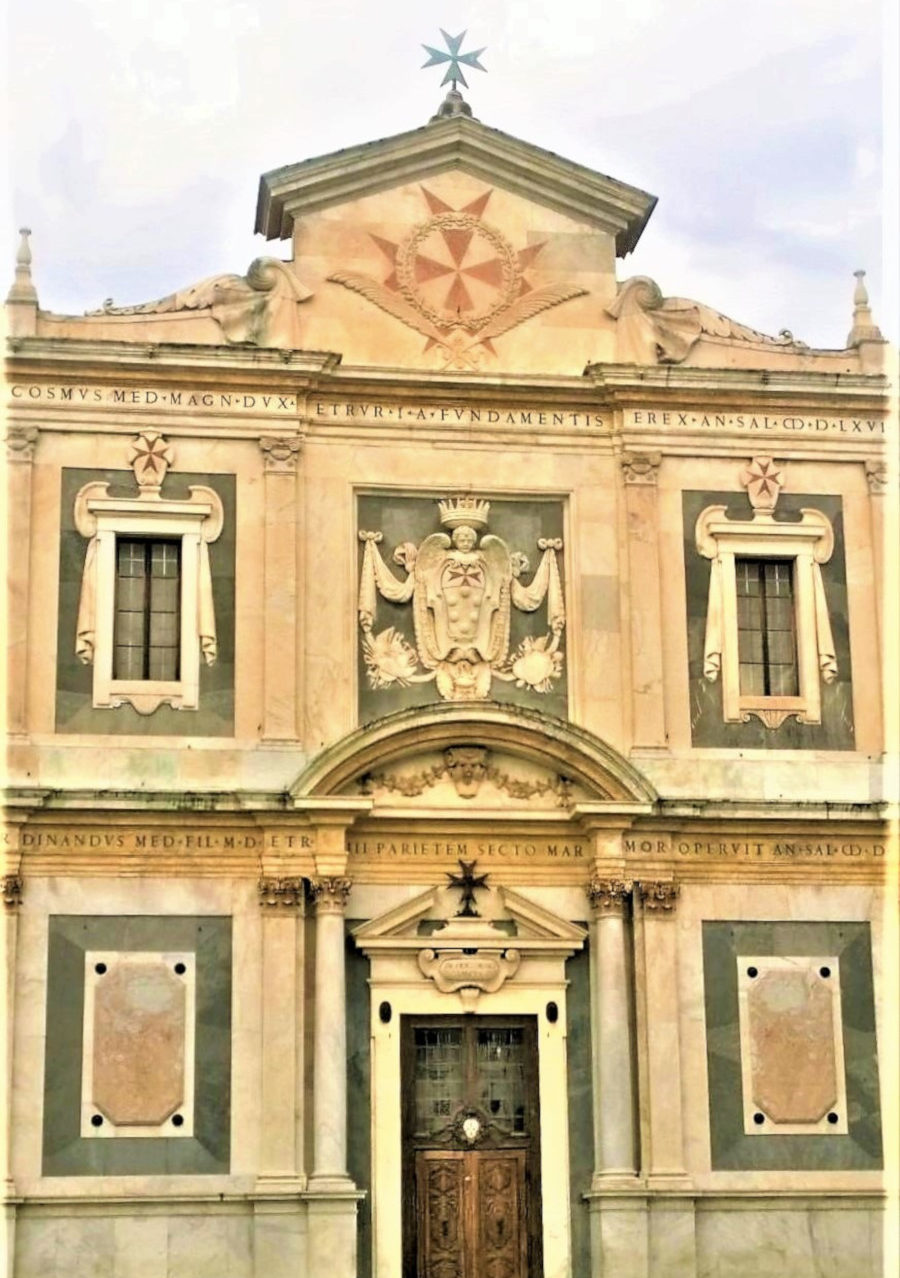
9. Admire the architecture and history of Pisa at Piazza dei Cavalieri
Wandering around the streets of Pisa will surely bring you across the magnificent Knights’ Square or Piazza dei Cavalieri. It is the second most important piazza in Pisa after Piazza dei Miracoli and was the political center of the city. It is located in the University Center of Pisa, just a short walk from the Field of Miracles.
When Pisa had been an independent republic, this square was the seat for its government. However, after Pisa was captured by Florence, this square was used by the Order of the Knights of St. Stephen as its headquarters and training ground.
Several prominent buildings line this impressive piazza. These include Palazzo dell’ Orologio (Clock Palace) which was once the seat of the medieval government but now the University library.
The most prominent building of the square is Palazzo della Carovana – the palace of the Knights of St. Stephen. Its Renaissance-style architecture and walls decorated by sgraffiti are truly eye-catching. A statue of Cosimo I de Medici outside the palace depicts the conquest of Pisa by Florence and its naval control over the sea. To gain a better understanding of the history of Pisa, a walk around this square is a must!

There’s so much to see and do in Pisa, even if you plan to spend just one day in Pisa. While the highlight of a visit to Pisa is seeing the grandeur of the Field of Miracles and its famous Leaning Tower in person, it is a joy to wander around its streets and discover its architectural delights.
Spending one day in Pisa before exploring nearby Lucca and Cinque Terre was certainly one of the highlights of our Italian vacation. We cherish the time we spent in this historic city and look forward to returning to the region in the future.
Until then…. Ciao Pisa!
Disclaimer: It’s a pleasure for us to share our travel experiences with all our readers and we sincerely hope to inspire your future travels. In order to help us maintain this blog and offset the costs of running landoftravels.com, we have sprinkled affiliate links throughout the site. If you choose to make a purchase via any of these affiliate links, we’ll earn a tiny commission at no additional cost to you.
If you enjoyed reading this post, don’t forget to share!
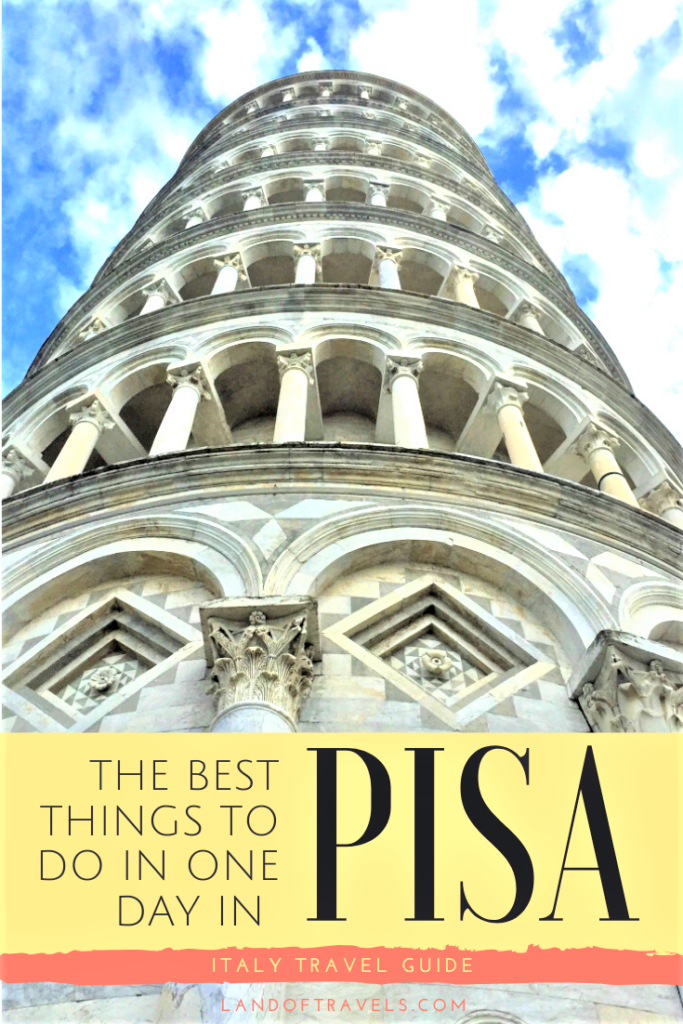

Hello ! I’m Aditi …..
Welcome to Land Of Travels – a travel blog that my husband Manish and I started to share our travel stories and travel tips. We are full-time professionals, dedicated parents, foodies, and it is our shared passion for traveling that lead us to become part-time bloggers.
I was born and brought up in Northern India, lived in Bay Area, California for nearly two decades and currently reside in Ontario, Canada. Since childhood, I’ve always had a passion to travel far & wide and experience different cultures. I am passionate about planning our trips and exploring off-the-beaten-path destinations.
My sincere hope is that the travel tips offered on this blog will help you plan your next memorable adventure.
Happy travels!
~ Aditi Sharma ~





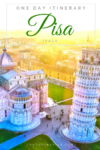

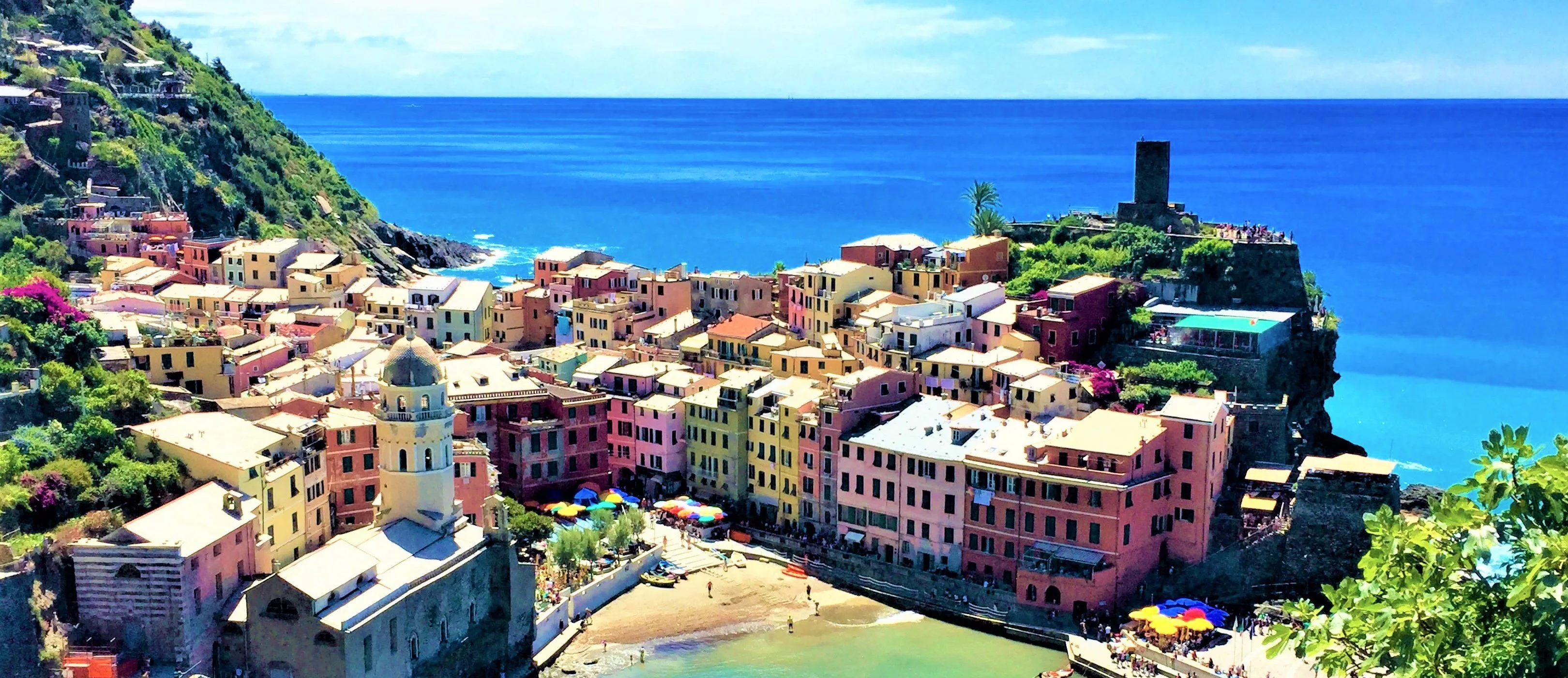

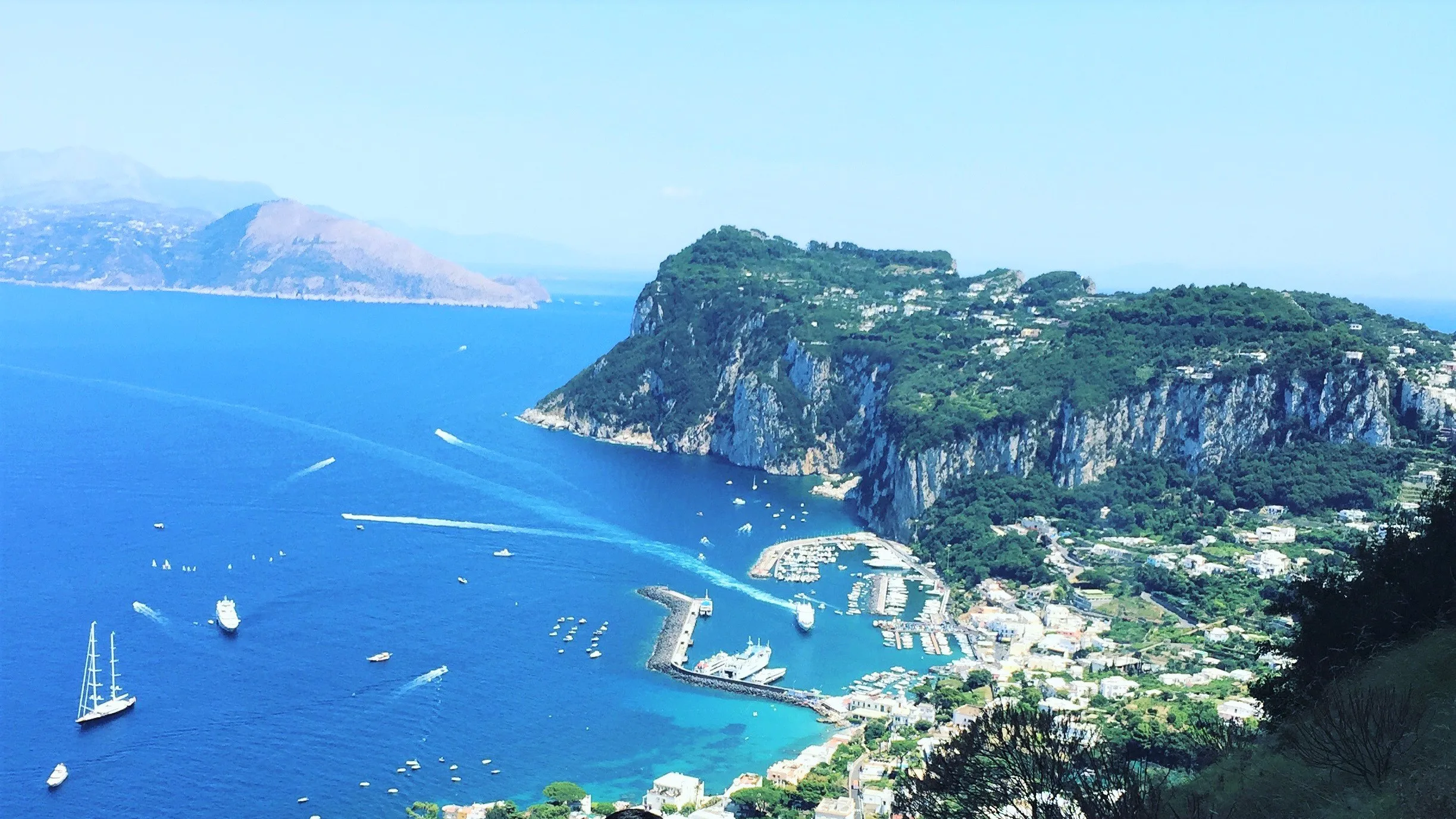
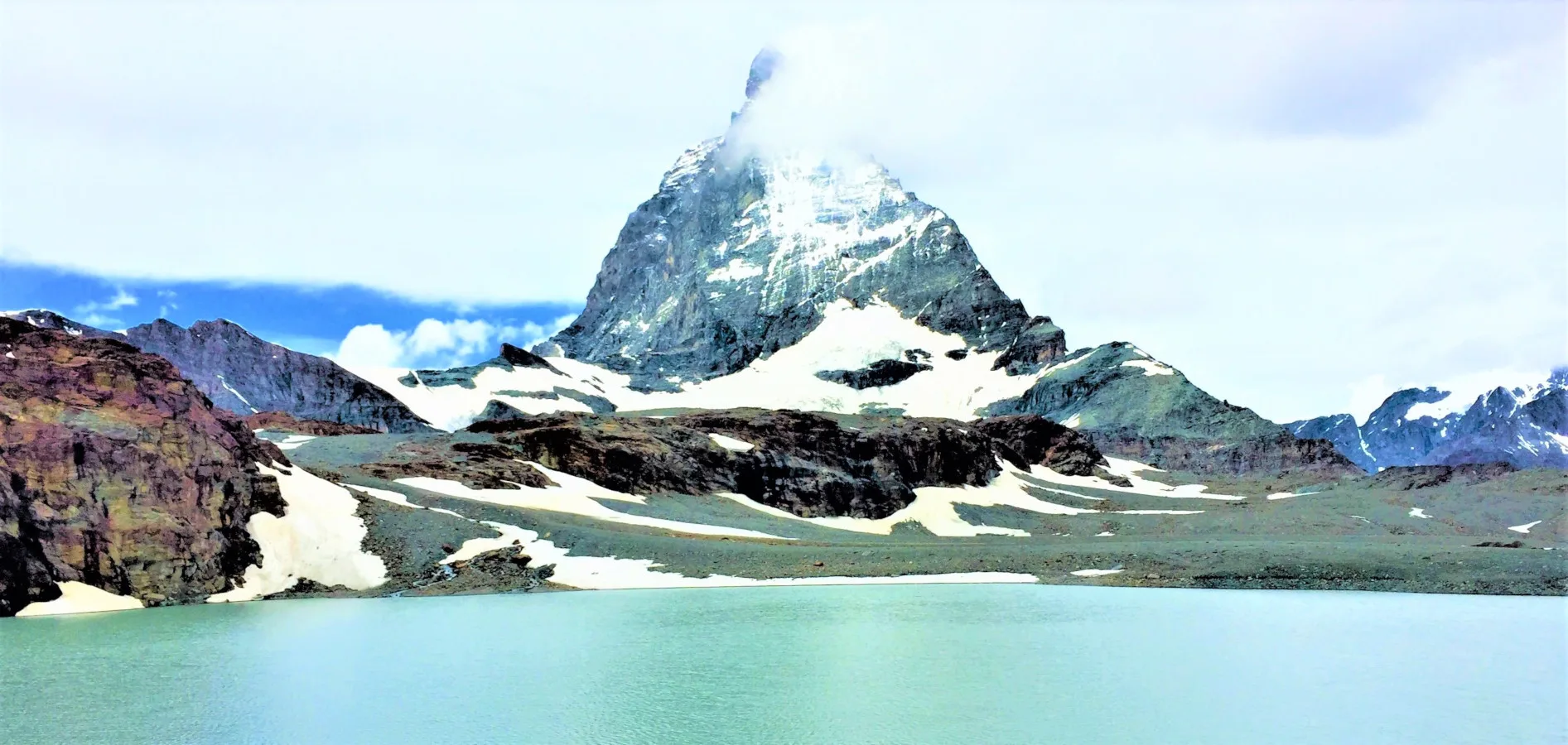
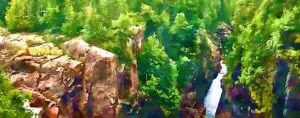



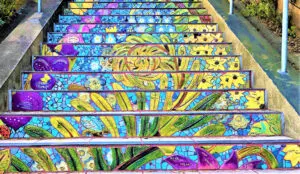
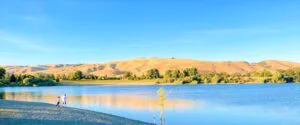
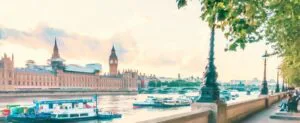
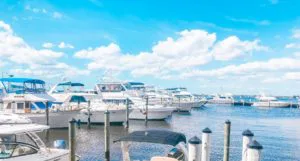

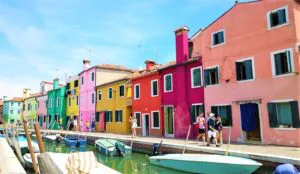



I’ve never been to the field of miracles looks beautiful!!
What a cool place! I would love to visit Pisa someday.
How I wish I can visit Tuscan City one day. I love your photographs they made me envious of your travels 🙂
You got some amazing photos! Great memories! 🙂
I haven’t been to Pisa since high school, and that was on one of those organized trips where you’re at each site for like, half an hour. Can’t wait to return! Fun fact, btw: One of the near Chicago suburbs, Niles, has a replica. It’s a sister city to Pisa, apparently. I only know this because it was by my favorite hot dog place growing up!
That’s a fun fact indeed. I didn’t know there was a replica of Pisa near Chicago. I’d love to visit there some day.
We were in Tuscany last fall and absolutely loved it. While we didn’t make it to Pisa, it reminds me of the other towns we visited. This is such a beautiful part of Italy!
We spent a weekend in Pisa a few years ago, I just loved that town 🙂 Its one of the few towns that I feel that a weekend is enough to see it all 🙂
I have been to Tuscany many times but have yet to visit Pisa. I have promised myself that on my next trip to this wonderful region I will get there!
We were glad we stayed in Pisa instead of visiting it as a day trip. Staying overnight gave us the chance to explore it leisurely beyond the iconic Field of Miracles.
Some great tips here! Climbing the tower in the afternoon after many of the crowds have dispersed is a good idea. When I visited many moons ago there wasn’t a safety railing at the top, which made for an interesting time whilst circumnavigating the tower. In fact I have a photo of myself in front of that same bell! Great photos too, thanks for sharing.
Thank you! Glad you enjoyed reading the post and found it informative.
I remember coming here while backpacking in Europe. So many fond memories! Thank you for sharing!
I have never been to Pisa or Tuscany but certainly is on my list. It seems you had a wonderful time.
There’s really a lot more to do than visiting the leaning tower. I had one of the best pizza in my life in Pisa 🙂
That’s so true. We were glad we had decided to stay overnight in Pisa – it gave us the chance to explore the city beyond the famous square.
Great post Aditi! I definitely think that no more than one day is needed for Pisa, but you’ve listed so many of the other great things to do there that I think people tend to forget about! Its a beautiful town and you’ve managed to capture its essence so well here!
Thank you for your kind words. Glad you enjoyed reading the post. There’s definitely more to Pisa than the Square of Miracles – it’s a joy to explore the city at leisure.
I haven’t been to Pisa since I was a kid, but it would be such a fun place to experience again as an adult.
I love Pisa. Although the leaning tower is super touristy, I found it so much more chilled and relaxed in this little city after the crowds had gone.
That’s so true. We loved visiting Pisa as well and exploring the city beyond the Square of Miracles.
Such an interesting and detailed post! I’ve always wanted to visit Pisa especially the Leaning Tower and you’ve provided lots of helpful information
Thank you! Glad you found the post informative.
You know i hadn’t really thought about what what to see in Pisa besides the famous leaning tower. But the architecture throughout the historic areas, such as the cathedral, are worth a visit in their own right
Glad you found the post informative – the architecture is stunning in Pisa and it is definitely worth spending a day in this Tuscan city to discover it beyond the magnificent Square of Miracles.
I learned so much from reading your post, Aditi! I really knew nothing about this historic town or even the tower, so it was very interesting to read about how much the tower is leaning and how it has not always been the same over the decades. The Pisa Baptistery also looks really stunning, and I’m surprised that it’s not as famous as the tower. I could totally see how one day here could be the perfect amount of time to see everything and then be on your way.
I’ve never been to Pisa (only Florence and Rome) but I definitely want to go back and explore all of Italy!
I’ve always wanted to visit Italy! These are great options if you’re roadtripping the country!
I know the leaning tower is touristy but I loooooved it anyway! Great post
Thank you!
I can’t believe you did all of that in one day! The stroll along the Arno River looks lovely and this make me want to visit Pisa even more!
Pisa is relatively small so it’s easy to explore it after visiting the Field of Miracles. Thanks for the visiting the post.
Lovely post and enticing! Hope we can go there someday.
I love your posts! Always, so full of details and tips and so well written. This post is no exception!
I went to Pisa several times and always enjoyed the area. It’s true that there is so much to explore beyond the Leaning Tower.
Thank you so much for your kind words. Glad you enjoy reading our posts including this one.
I wish I had more time to explore Pisa when I was there in 2015. I only went to see the touristy part for a couple of hours before heading to another city. PIsa looks like a charming city to really explore. Thanks for sharing this guide.
Pisa turned out to be a pleasant surprise for us. Naturally, visiting the Leaning Tower was high on our list but we equally enjoyed exploring the lesser touristy parts of the city. Thanks for visiting the blog.
We were just in Italy, but we didn’t make it down to Pisa. We’ll do southern Italy next time… so much to see, and not enough Schengen days!
So true! Italy is such an amazing destination with so much to explore. We look forward to returning there and exploring it some more.
I love all things Italy! To be honest, I actually avoided going here because it is so popular with tourists. But there is still a part of me that wants to see it. Great tips about purchasing tickets, and love that there is so much more to this city than just the marvellous leaning tower.
The square of Miracles is a true highlight of a visit to Pisa and the besides the Tower, the Cathedral is stunning. You can always combine visiting Pisa with a trip to nearby Lucca or choose to stay in Lucca and visit Pisa on a day trip. I’d recommend a stay of a day though at least in Pisa to discover its lesser known gems.
I had visited Pisa during my exchange term in Europe on my way from Florence to Rome. The visit was for a grand total of 2 hours though since all we wanted to see was the leaning tower! But I guess Pisa deserves a second chance – love your pictures of some of the other sights.
We enjoyed exploring the Piazza dei Miracoli in the evening since it had become relatively crowd-free by then and that did add to our experience no doubt. Staying in Pisa overnight turned out to be a good option for us as we got the chance to explore its lesser-known historic sights.
Strange story, with all that is on my bucket list, the Leaning Tower of Pisa, wasn’t one of them, your stories and descriptions as well as amazing photography have made me reconsider. I love architecture. It is all so beautiful.
If you enjoy visiting places with amazing architecture and history, then Pisa deserves a visit for sure. We were glad we stayed there overnight as we were able to explore it leisurely. It was fun to discover its characteristic, less-touristy piazzas that lay beyond the Leaning Tower.
I love the architecture and the art. I enjoyed Pisa too. It’s a must when going to Tuscany. But sadly I didn’t go up the tower.
I agree- it’s definitely a must visit when in Tuscany.
Great post Aditi! I have a few friends who have visited Pisa, but most people just seem to visit the leaning tower, then leave. Your way of exploring more slowly looks a lot more fun.
I had no idea you could go up into the bell tower. I love those views from the top!
We truly felt that spending a day in Pisa gave us the chance to experience its non-touristy side besides visiting its famous monuments. It was fun climbing up those steps of the Leaning Tower for a bird’s eyeview of the city.
I have been seeing the leaning tower pictures from my childhood but never knew the full real name of the tower. Glad I came across this and I got to learn many new facts about this famous historic site. I never knew that visitors could climb the spiral tower. It would have been an exciting experience to climb the tower and views would have been amazing.
Definitely – climbing those steps of the tower was an exciting experience. The steps are slippery and uneven so visitors have to be careful if they choose to climb up the tower though. The views were indeed awesome and climbing the tower at the lesser crowded evening hours added to the experience.
I really didn’t know there was much more to the town than the Tower. Thanks for sharing! The views of the water and the views from the tower are stunning!
Strolling along the lungarnos of Pisa was a perfect way to wrap the day we spent exploring the quieter side of the town. The Field of Miracles is of course a highlight but it was a joy to discover the lesser known sights in town.
I’ve been to a few different spots in Italy but not Pisa – it looks amazing! I hope to visit someday!
We were pleasantly surprised to find there was so much to see in Pisa besides the Leaning Tower itself.
I have never been to Pisa, and this is a great list to inspire one if they are traveling there.
The people I know who have seen Leaning Tower of Pisa all say that it is a bit over-rated but the way you have mentioned, it looks like it is really worth to see it from inside as well.
There’s so much more to see in Pisa that just the Leaning Tower. We were glad we stayed overnight in this city which gave us a chance to explore it at a more leisurely pace.
Great post! I’ve been to Pisa in February and would love to go back in a better season. It was rainy and cloudy all the time, so I’ve skipped climbing the Leaning Tower, but looking at your photos I start to regret that decision – the city looks so nice from above!
Pisa is now on my bucket list!